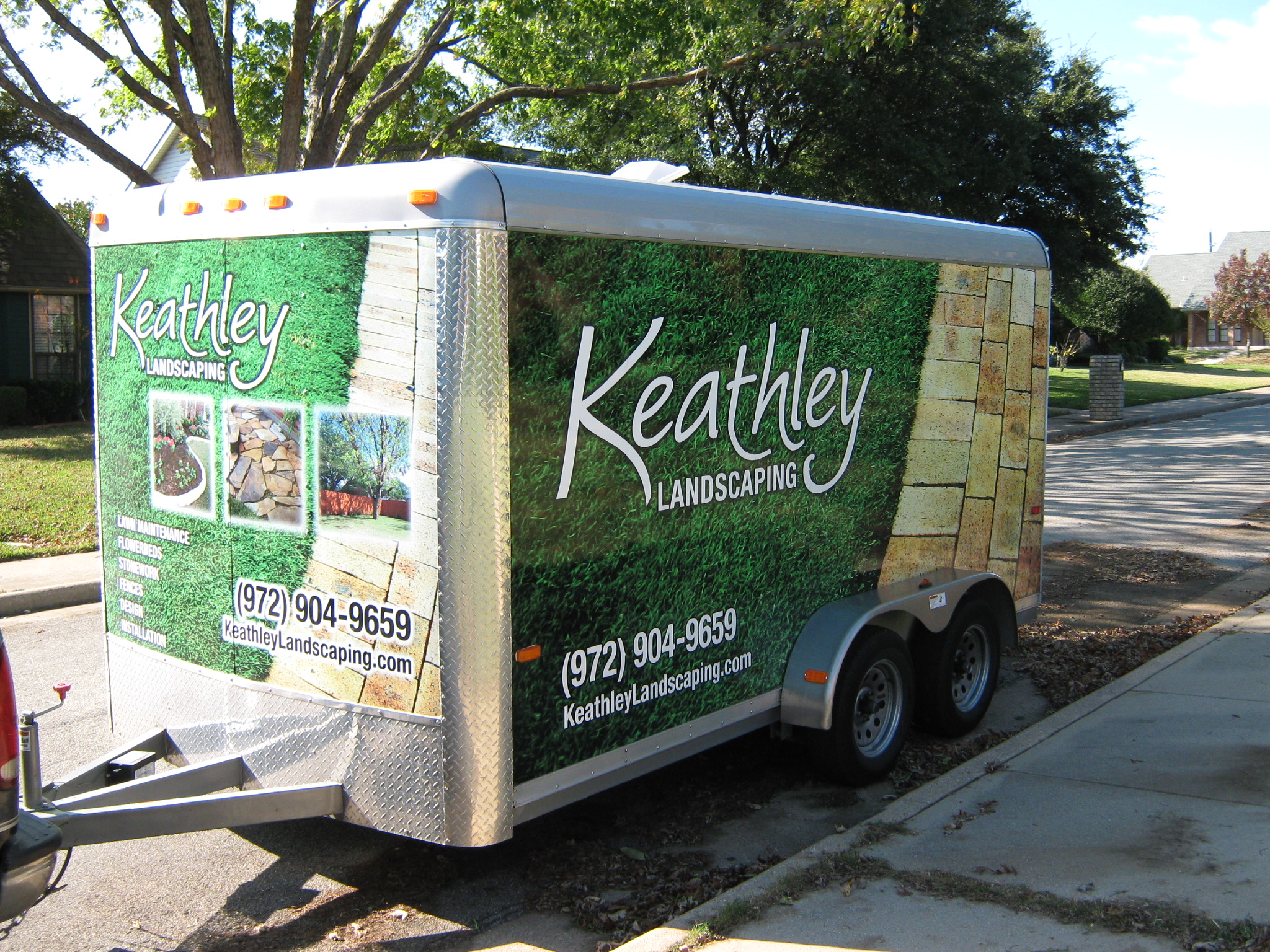Sod Installation on Slopes: Challenges and Solutions
Installing sod can be a straightforward task on flat terrains, but when it comes to slopes, the process becomes more complex. Sloped areas present a unique set of challenges that require careful planning and execution to ensure a thriving lawn. This blog post will explore the issues associated with sod installation on slopes and provide practical solutions to overcome them.
Understanding the Challenges of Sod Installation on Slopes
Slopes can be challenging for sod installation due to erosion, water runoff, and gravity. These factors can prevent the sod from rooting properly, leading to patchy, unstable lawns.
Erosion and Water Runoff
One of the most significant challenges when installing sod on a slope is erosion. Rainwater can quickly wash away freshly laid sod, especially on steeper gradients. According to the United States Department of Agriculture, soil erosion affects about 112 million acres of land in the U.S., with sloped areas being particularly vulnerable.
Gravity and Sod Stability
Gravity naturally pulls the sod down the slope, making it difficult for the grass to establish roots. This can lead to uneven growth and bare spots. The steeper the slope, the more susceptible the sod is to slipping and sliding.
Solutions for Effective Sod Installation on Slopes
Despite the challenges, there are several strategies you can adopt to ensure successful sod installation on slopes. By following the right techniques, you can create a lush, stable lawn that withstands the elements.
Soil Preparation
Proper soil preparation is crucial for sod installation on slopes. Begin by testing the soil to determine its pH level and nutrient content. Amend the soil with necessary fertilizers and organic matter to promote healthy root growth.
Installation Techniques
When installing sod on slopes, it’s essential to lay the sod in a staggered, brick-like pattern. This technique helps prevent erosion and ensures a tight fit between the sod pieces. Additionally, use biodegradable stakes or pins to secure the sod in place temporarily.
Irrigation Practices
Proper irrigation is vital for sod establishment on slopes. Water the sod immediately after installation to help it settle in. Use a gentle spray to avoid displacing the sod, and water consistently until the sod is fully rooted.
Long-term Maintenance
Maintaining a sod lawn on a slope requires regular care. Mow the grass at the recommended height for your grass type, and apply fertilizers as needed. Consider planting ground covers or using mulch to reduce erosion and retain moisture.
Case Study: Successful Sod Installation on a Sloped Yard
Let’s look at a successful example of sod installation on a slope. In a residential project in California, a homeowner faced challenges with a steep backyard slope. By using a combination of staggered sod installation, erosion control blankets, and drip irrigation, the homeowner was able to establish a thriving lawn within three months.
Conclusion
Installing sod on slopes presents unique challenges, but with the right approach, you can achieve a beautiful, durable lawn. By understanding the issues of erosion, runoff, and gravity, and implementing solutions like proper soil preparation, strategic installation, and regular maintenance, your sloped lawn can become a landscape feature to be proud of.
For more information on lawn care and landscaping, be sure to explore our other articles and resources. Your dream lawn is just a few steps away!



































Recent Comments